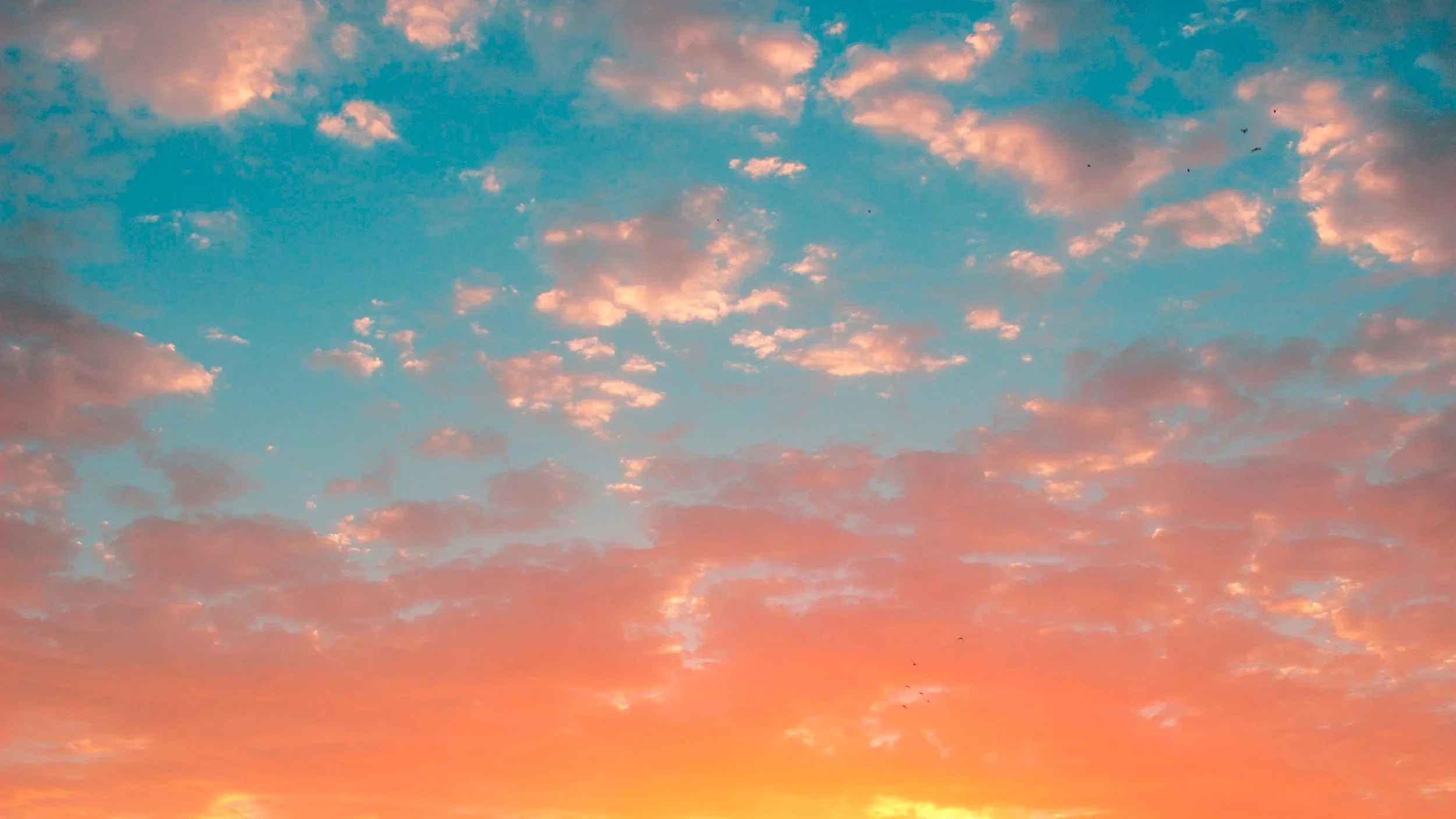Today, we started from Richwood, hopped on the Fork Mountain Trail, and didn't see anyone for 8 hours. There were carpets of moss, the trail was as green as could be, and it was so extremely quiet. The only wildlife we witnessed were pheasants. We expected to see a bear given the significant scratch marks along the trail and droppings. We debated whether the surreal surroundings were from Alice in Wonderland, Snow White and the Seven Dwarfs, or just West Virginia itself that gave the authors their ideas for both. It was a great day to be thankful for mountains that reminded us of the rainforests of the Pacific Northwest and realize that we were starting to miss sharing these incredible experiences with our families and dogs. Happy Thanksgiving.
Day 3: A runner's paradise.
Today, we ran. We ran through the New River Gorge. From there, we ran to the Gauley River National Recreation area. We knew that there were unknowns in our route today. The run from the Gorge to the Gauley was wonderful. A series of rollers that felt like an interval day. And the places we saw along the way were absolutely gorgeous. We started calling it the waterfalls run after we got to the Gauley River.
Once we got to the Gauley, we ran a rail trail that seemed completely unmarked and unknown. It's difficult to describe the beauty (especially when you're cold), but it was an experience that was the definition of beauty. The river was raging, and we (we - the people attempting a 300-mile run) were completely humbled by its power and beauty. It made the act of running seem both natural and mandatory. It's a way of being, really. And we couldn't resist just running.
We ran to the point that it didn't matter so much that we were off-course. We just wanted to be there. We ran to be part of something bigger than ourselves. It felt like we did the right thing by simply acknowledging the existence of this place. It's a place that's unmarked. It's a place that is known by people around it. It's a place of unknown ownership, but potentially accessibly by all if you know a little something.
West Virginia couldn't be more beautiful and more complex.
Day 2: Access
We had a rough start today...mostly because of access. We had to re-route around a mine for the second time in two days. Why? Previously public roads (listed as such on Google Maps and the Gazetter) are now gated and cut off easy access to these small communities that we've been running through. One access point to our route, listed on maps as Bailey Mountain Road, was closed by the mine "10 - 15 years ago" according to the security guard at the gate barring our way. For the community of Lindytown, at the end of the road on the opposite side of the mine, this would be incredibly isolating. The road turns into unpassable ATV trails and abandoned mining parking lots, and we were forced to backtrack. Only five miles from the starting point, we were rerouted approximately sixty miles to get over the mountain.
It was a little shocking, really. Perhaps since we were expecting that traversing some of the more rural roads would be easier (and more accessible by foot). But creating less accessible areas in rural West Virginia is clearly the opposite of what is needed there. As we approached a highway crossing on Day 2, it was difficult not to notice that people were much more mobile and more affluent.
Still, we're loving the run over rural roads that show off West Virginia's culture. As we moved into Fayetteville, we kind of missed everyone waving at us.
Day 1: Clusters of homes in hollows
We climbed two major mountains (Bearwallow at the Hatfield McCoy Trail System & Cazy Mountain), got fairly off course a few times, saw a lot of clusters of homes in hollows and churches, met some really nice people...some who had just processed a deer and got us right back on course, and we climbed and climbed and climbed.
At the top of Cazy Mountain towards the end of the day, we found ourselves at a plateau with low vegetation. We were untroubled until we rounded the bend only feet away, opening out into a gorgeous vista full of developed trees, and realized the low growth wasn't tree line but the vestiges of surface mining.
What pieces of community are still standing in the many of the clusters of homes we ran through? Typically, a post office, a dump, small plots with chain link fences, and homes that made the most of it, contrasted by well-maintained churches. In those clusters of homes, we saw so many "Free Will Baptist" churches that we started to wonder about the branding and were concerned that hope lies in things like food, health, the absolutely gorgeous places that we ran through (we all thought national park status was warranted for almost the entirety of our route), and something more than branded faith. We quickly added it to our to-do list to hear from people more familiar with the churches before reaching any judgments.
We spent a good amount of time along creeks and steep hillsides that made us feel like we were in areas where the land was protected and for the people to enjoy. What was incredible is that we didn't see people in those places. The connection between land and people was disjointed and unclear. But the people we met were so wonderful, so helpful and kind, and hunting. So, we're going into day 2 wondering about that connection and seeking clarity. West Virginians live in paradise. It's unclear that paradise is helping them.
Guest Blog by FSELS Legal Intern Christina Pollonais: The Ohio Verified Complaint Process: An Easy, Cost-Effective Way to Seek Results
Have you ever been faced with a situation in which there was an alleged violation of law regarding air pollution, water pollution, solid waste, infectious waste, hazardous waste, construction and demolition debris, public water supply, or cessation of chemical operations? Or has there ever been a circumstance where you suspected that a company has failed to meet a requirement of a license, permit, variance or plan approval relating to any of the previously listed violations?
If so, then most likely you have called your local or state authorities to report. However, waiting on the agency to respond or to take action, if ever, can be a frustrating process that citizens often have little control over. Well, Ohio law provides a way in which you can ease this frustration. You can file a verified complaint directly to the Ohio EPA. This process provides for formal written and appealable agency response to your complaint. If you file proper a verified complaint to the Ohio EPA, they have a duty to respond and act on this complaint within a period of 180 days. By taking advantage of this unique process, you can better assure answers to the numerous questions or problems you may be facing within your local community or home when an environmental violation occurs.
Ohio’s rules for filing verified complaints can be found under Ohio Revised Code §3745.08. Once an individual demonstrates that they have been adversely affected by an environmental issue, they can file a verified complaint. If the director determines a violation is evident from the verified complaint that you have filed, the director may issue an order to the violator to correct the problem or request that the Attorney General's Office begin legal proceedings.
It is important to note that if for any reason the verified complaint is reviewed and dismissed, the dismissal is considered a final decision of the Director of the Ohio Environmental Protection Agency (EPA). Any action taken by the Director in relationship to a verified complaint is considered appealable to the Ohio Environmental Review Appeals Commission (ERAC). Specifically, if the complainant is adversely affected by the decision, he or she can file a Notice of Appeal with ERAC in order to appeal a final action if the Ohio EPA proceeding or decision was arbitrary, capricious or unlawful.
There are four issues that a verified complaint must fully address to ensure that a verified complaint is filed properly. These include:
1) The person submitting the complaint must demonstrate “standing”
a. To address standing the complainant must: identify the complainant, and how he/she is personally affected by the violation that has occurred, will occur or is occurring;
b. Also, the complainant must describe his or her knowledge of the violation.
i. Standing cannot be based upon something the complainant simply read.
2) The complainant must provide a detailed background of the situation
a. The complainant must give as many detailed facts as possible. This is because often times a verified complaint can be dismissed where the Ohio EPA cannot gather sufficient information about the violation. Photographic evidence can be very useful.
3) The complainant must provide a list of the alleged violations citing the specific laws or regulations that were disregarded.
a. It may be helpful to have attorney review your complaint prior to submitting it. This way you can identify as many laws and regulations that were believed to be violated, and the Ohio EPA will have a better idea of what the specific problem is.
4) The complainant must provide verification in the form of a sworn and notarized affidavit by the complainant, or his/her agent or attorney.
a. To notarize prevents fraud and ensures the appropriate people execute documents freely. Institutions rely upon notaries so they may have full faith in important documents. These materials serve as a means of verifying the transaction so others may rely upon it. When you see a notary’s seal on a document, it means a trusted notary public represents that it is authentic and properly executed.
b. The verified complaint must be in writing and include the words “Verified Complaint” at the top.
Be sure to review your verified complaint several times before submitting it! It is imperative to understand that a verified complaint may be of ease and cost efficient, BUT it can be easily dismissed or overlooked if it isn’t executed properly. The Director of the Ohio EPA makes the decision to either dismiss the complaint or take action. A properly executed verified complaint can be a powerful tool for landowners who suspect environmental violations have occurred on their property or in their community.












